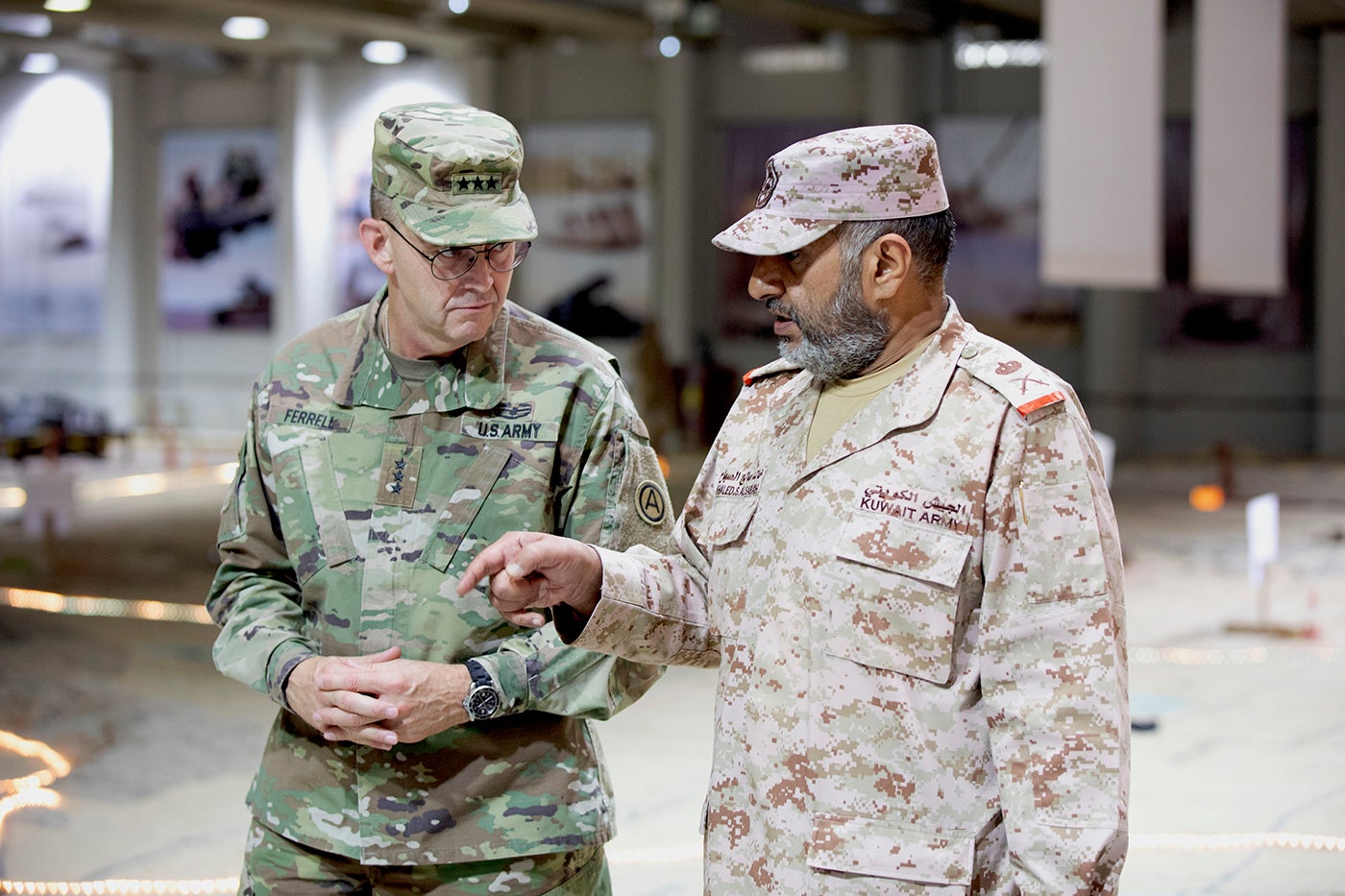 When the U.S. Army released its long-awaited critique of the Army’s successes and failures in the Iraq war, many wondered how honest the Army would be with itself. A review of the documents, however, revealed an unflinching account of both successes and failures of Army operations from the tactical to strategic levels of conflict. One conclusion was that the Army failed to fully understand, throughout the invasion and occupation, the operating environment with Iraq’s totalitarian government structure, tribal allegiances, underlying ethnic tensions and aged infrastructure. What is also clear is that the Army’s most senior leaders failed to adequately identify, account for and engage with parties of sufficient power and interest to develop and shape what it did there. This lack of effective stakeholder identification and engagement created deleterious effects in planning and execution—from the tactical to operational to strategic levels. One must, therefore, ask: How can military leaders get better at identifying and engaging with their stakeholders?
When the U.S. Army released its long-awaited critique of the Army’s successes and failures in the Iraq war, many wondered how honest the Army would be with itself. A review of the documents, however, revealed an unflinching account of both successes and failures of Army operations from the tactical to strategic levels of conflict. One conclusion was that the Army failed to fully understand, throughout the invasion and occupation, the operating environment with Iraq’s totalitarian government structure, tribal allegiances, underlying ethnic tensions and aged infrastructure. What is also clear is that the Army’s most senior leaders failed to adequately identify, account for and engage with parties of sufficient power and interest to develop and shape what it did there. This lack of effective stakeholder identification and engagement created deleterious effects in planning and execution—from the tactical to operational to strategic levels. One must, therefore, ask: How can military leaders get better at identifying and engaging with their stakeholders?
This paper seeks to close a gap in senior leader education by recommending that senior service colleges offer an elective devoted to the art and science of stakeholder identification and engagement. This elective would help develop senior military leaders as critical thinkers and thus better equip them to produce well-informed and comprehensively developed policies, strategies and plans. This paper also discusses the link between critical thinking and the associated need to synthesize information from myriad sources, including stakeholders, and introduces the concepts and practices of stakeholder engagement, borrowing heavily from techniques employed in the private sector. The paper concludes with benefits that would accrue by instituting formal, disciplined and comprehensive stakeholder engagement among senior leaders and throughout the joint force.
No comments:
Post a Comment